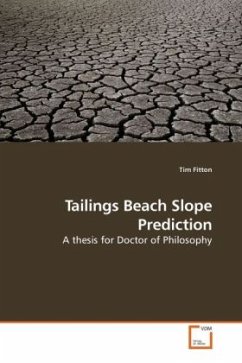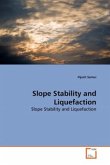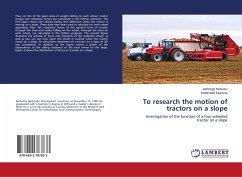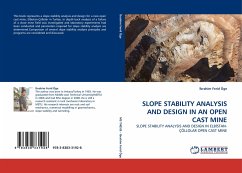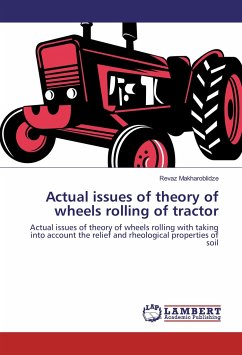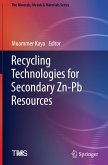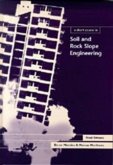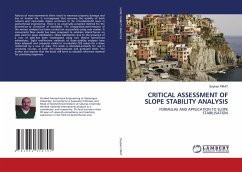Tailings (mining waste) disposal is a significant consideration for the mining industry. It is of value for mine operators and tailings engineers to be able to predict the slope of the deposit (commonly referred to as a tailings beach), which forms from the hydraulic discharge of tailings slurry. In this thesis, existing methods for the prediction of tailings beach slopes are investigated. These methods are validated against relevant industrial and experimental data. Two separate phases of experimental work have taken place in an effort to investigate tailings deposition behaviour, one at mine sites and the other in a laboratory on a small scale. The methodology and results of this experimental work are presented here. Three new tailings beach slope prediction models are presented; a simple empirical model enabling quick approximate predictions; an a priori tailings beach slope prediction model based on existing theories of open channel flow, sediment transport and rheology; and a new semi-empirical model that shares some of the theoretical aspects of the a priori model but offers better predictions due to its empirical calibration to the experimental data.
Bitte wählen Sie Ihr Anliegen aus.
Rechnungen
Retourenschein anfordern
Bestellstatus
Storno

